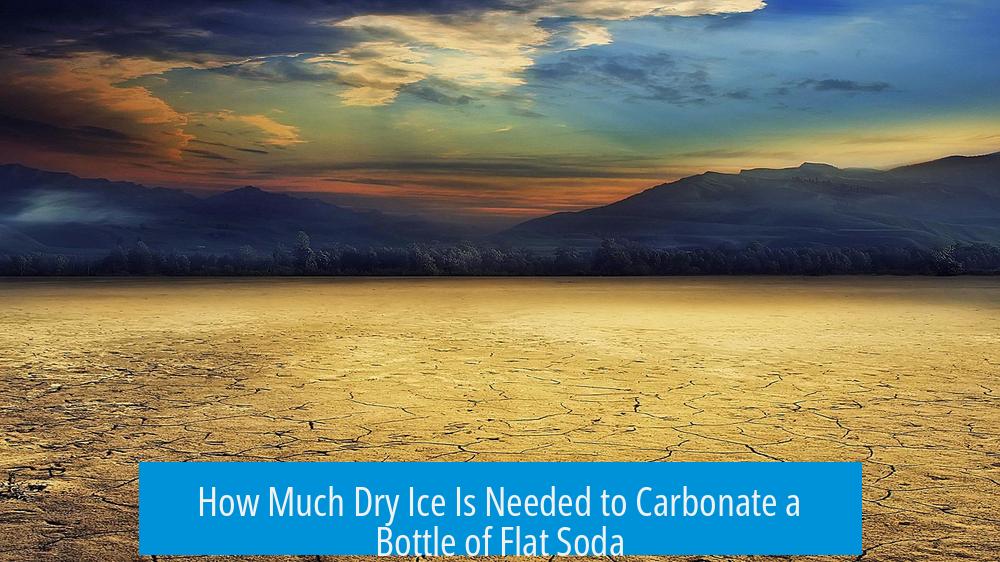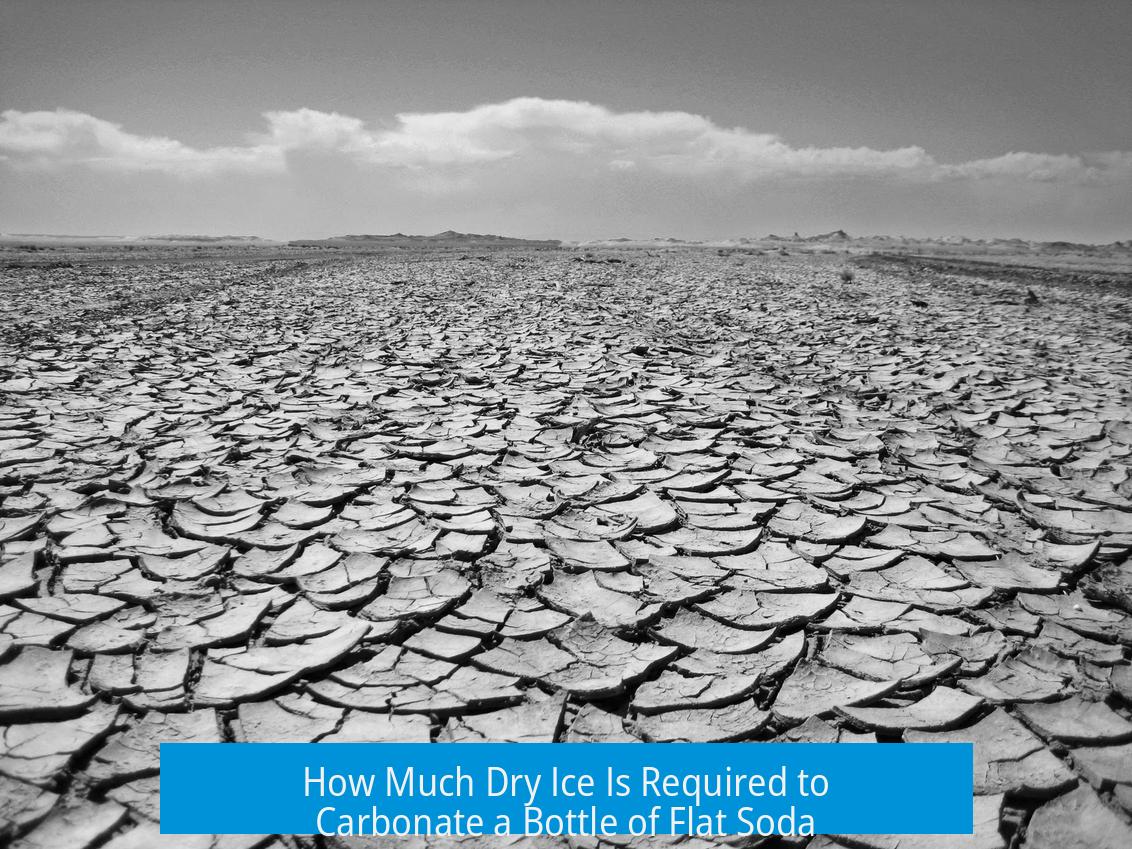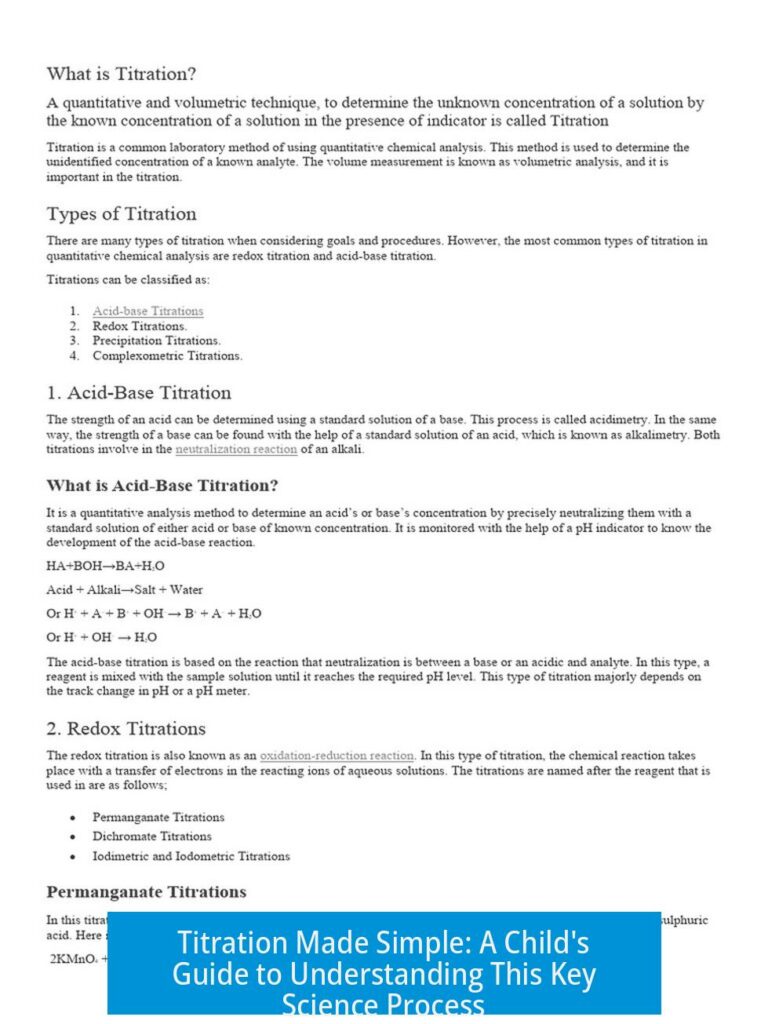How Much Dry Ice Is Needed to Carbonate a Bottle of Flat Soda?

To carbonate a flat soda bottle using dry ice, you generally need between 6 to 10 grams of dry ice per liter of liquid. This amount replicates the typical carbon dioxide content found in commercial carbonated beverages and allows safe pressurization within standard plastic bottles, given proper handling and temperature conditions.
Amount of Dry Ice for Typical Carbonation
Commercial sodas contain about 2.2 grams of dissolved CO2 per 355 ml can, which translates roughly to 6.2 grams per liter of liquid. Carbonation levels vary by beverage, but a common target level for soda is close to 6-7 grams of CO2 per liter.
You can approximate carbonation by adding dry ice, the solid form of carbon dioxide, directly into the bottle. Since dry ice has a density of about 1.5 grams per milliliter, a teaspoon (around 4-5 ml) contains 6-7 grams of CO2, corresponding well to this requirement.
| Volume of Soda | Dry Ice Needed (grams) | Equivalent CO2 per Liter (grams) |
|---|---|---|
| 355 ml (1 can) | ~2.2 g | 6.2 g/L |
| 1 L | 6-7 g | 6-7 g/L |
| 2 L | 12-14 g | 6-7 g/L |
It is acceptable to vary the amount of dry ice up to about 10 grams per liter if the bottle headspace allows. This higher limit can produce a fizzier drink without immediately causing excessive pressure.
Pressure Considerations and Bottle Safety
Carbonation increases the internal pressure inside the bottle. A typical sealed soda bottle reaches approximately 2 atmospheres (about 30 psi) at room temperature due to CO2 pressure.
Plastic PET bottles used for soda can often safely withstand pressures up to about 4 atmospheres. However, exceeding this can risk bottle rupture or explosion. This makes it crucial to limit the dry ice amount and to use bottles designed to handle such pressure.
Safety is essential:
- Use bottles with pressure relief caps when possible (e.g., SodaStream bottles).
- Never fully seal a bottle with large amounts of dry ice inside, as the CO2 gas buildup can cause dangerous explosions.
- Avoid using smaller or brittle containers not built for carbonation pressure.
- Start experimenting with small amounts of dry ice and monitor pressure carefully.
Influence of Temperature on Carbonation Efficiency
The solubility of CO2 in water depends strongly on temperature. Cooler temperatures allow more gas to dissolve, enhancing carbonation.
- At 25°C, the solubility is about 1.5 g CO2 per liter.
- At 5°C, solubility roughly doubles to 3 g CO2 per liter.
For best carbonation:
- Pre-cool your flat soda to near refrigerator temperatures before adding dry ice.
- This reduces immediate fizziness and helps CO2 dissolve better under pressure.
Practical Recommendations When Carbonating with Dry Ice

To minimize risks and improve results consider the following:
- Use PET bottles made for carbonation or specialized bottles with pressure relief valves.
- Add a small portion of dry ice initially; about 6 grams per liter is a good starting point.
- Leave some headspace in the bottle for gas expansion.
- Cap bottles loosely at first, allowing excess gas to escape safely.
- Store bottles in cool, well-ventilated areas away from valuable items and people.
- Allow the dry ice to fully sublimate before tightly sealing if unsure about the amount added.
Many home carbonation enthusiasts begin with SodaStream bottles to gain a feel for dry ice carbonation safely due to the built-in venting caps.
Risks and Warnings
Improper use of dry ice to carbonate beverages poses serious risks:
- Excessive amounts trapped in sealed bottles create high pressures causing explosions.
- Explosions can cause serious injury, including eye loss.
- This method is not recommended for inexperienced users or constrained environments.
- Always prioritize safety measures and use appropriate containment and venting systems.
Summary of Key Points
- To carbonate flat soda, add approximately 6 to 10 grams of dry ice per liter.
- Use bottles rated for carbonation pressure (up to 4 atmospheres) and pressure-relief caps.
- Cool your beverage before carbonation to increase CO2 solubility.
- Start with small amounts of dry ice and avoid tightly sealing bottles immediately.
- Handle dry ice carbonation carefully to avoid dangerous bottle explosions.
How much dry ice should I use to carbonate a 2-liter bottle of flat soda?
Use about 12 to 20 grams of dry ice for a 2-liter bottle. Typical amounts range from 6 to 10 grams per liter, depending on headspace and desired carbonation level.
Why is it important to control the amount of dry ice in the bottle?
Too much dry ice creates excessive pressure. This can cause the bottle to explode. Always start with small amounts and use pressure relief bottles when possible.
How does temperature affect carbonation with dry ice?
Lower temperatures increase CO2 solubility. Cooling the soda before adding dry ice helps more carbon dioxide dissolve, reducing fizz loss and improving carbonation.
Can I safely carbonate soda in regular PET bottles using dry ice?
Regular PET bottles can hold up to 4 atmospheres but can crack or explode if pressured too much. It’s safer to use bottles with built-in pressure relief valves like SodaStream bottles.
What precautions should I take when carbonating with dry ice?
- Use pressure relief valves or specialized bottles.
- Never seal a bottle with too much dry ice.
- Allow dry ice to sublimate if unsure.
- Carbonate in a cool, ventilated area away from valuables.





Leave a Comment